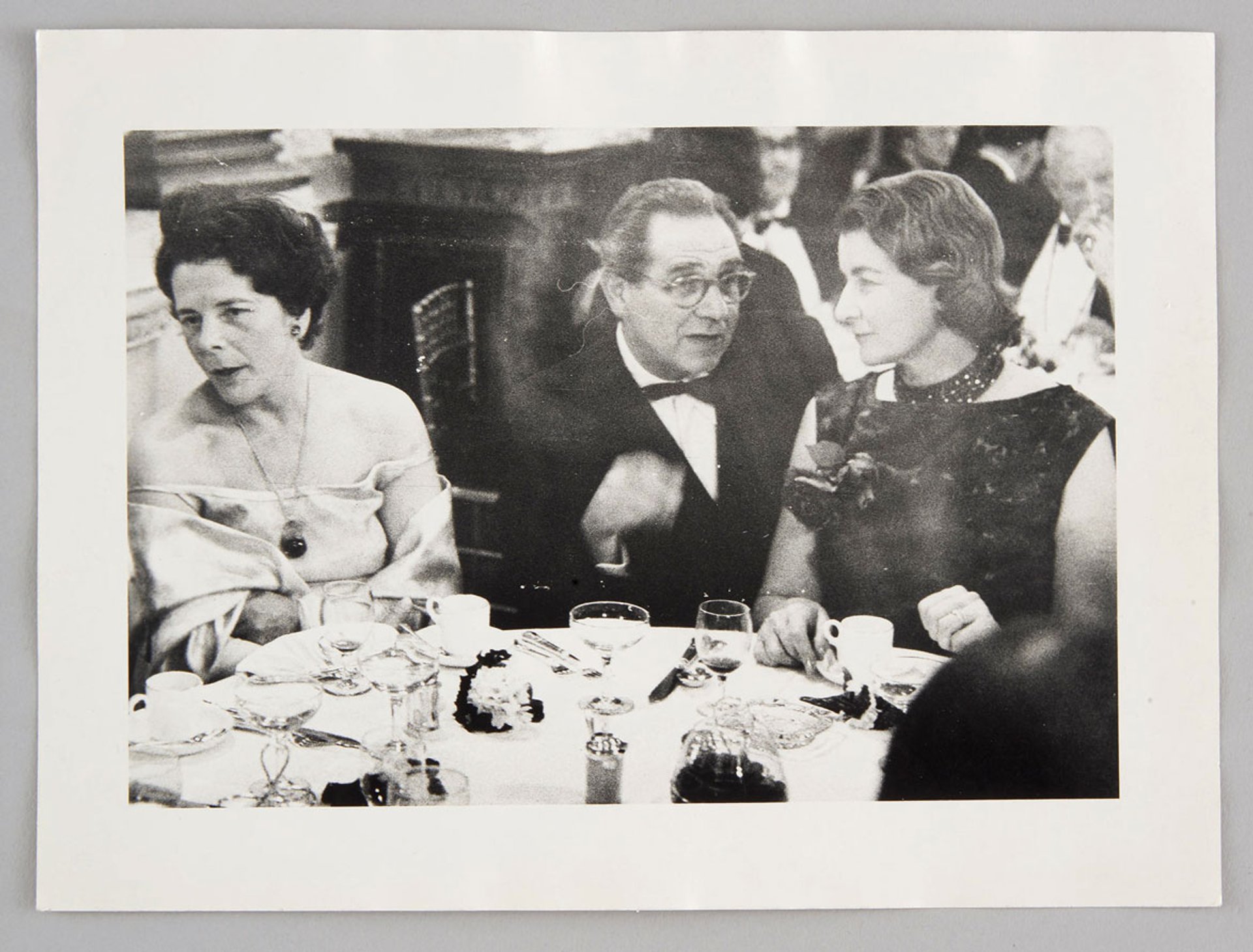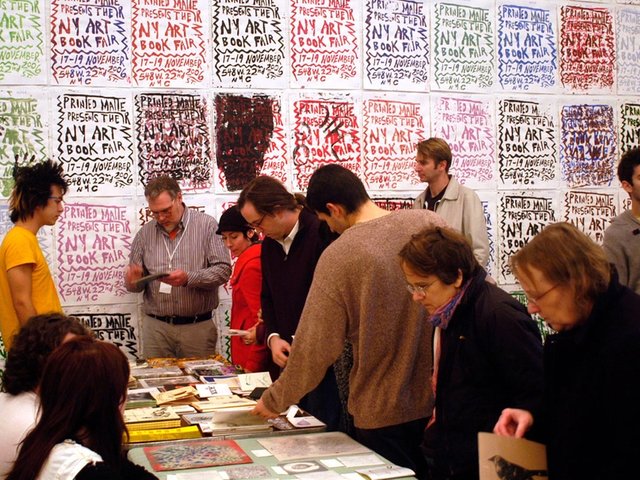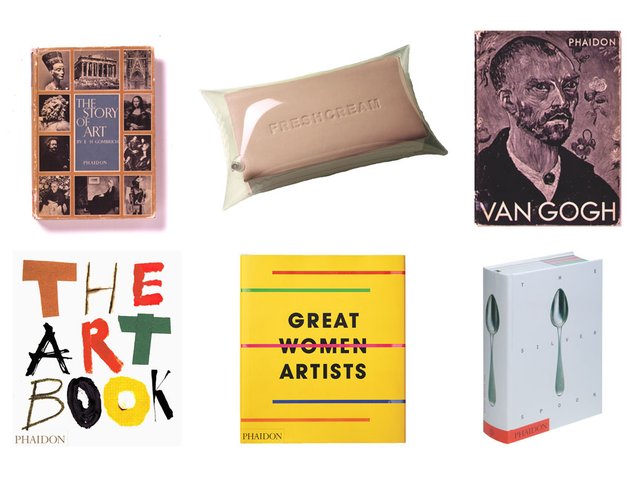Seventy-five years after its famous dolphins logo made its debut, Thames & Hudson is among the world’s leading publishers of illustrated books. Its list of more than 2,000 titles in print covers topics from cathedrals to street art, lifestyle to food. And while it is famed for art books, such as the pioneering Subway Art (1984), popular collaborations with David Hockney, and the first commercial edition of The Book of Kells (its best-selling title), Thames & Hudson’s identity is most securely rooted in its commitment to quality and innovation. Coinciding with what The Bookseller recently called “a run of tremendous form”, the family-owned company is marking its 75th anniversary with a year-long programme of events and publications.
Walter and Eva Neurath founded their “museum without walls” in 1949, driven by high ideals to bring the best art and scholarship to as wide an audience as possible. They met in London in the late 1930s, having both fled Nazi-occupied Europe. Walter was interned on the Isle of Man when war broke out but was soon released because of his work at Adprint, whose Britain in Pictures series was considered, wrote Eva in her memoir Recollections, “splendid propaganda material”. Walter and Eva married in 1953, forming a new family with the children they each had from their previous marriages.

Sophy Thompson, Thames & Hudson's CEO and publishing director Photo: Thames & Hudson
Like Phaidon, which celebrated its centenary last year, Adprint came to London via Vienna, and the birth of Thames & Hudson is usually understood as the result of a publishing boom brought about by Jewish émigrés in Britain. For Sophy Thompson, the present chief executive officer and publishing director of Thames & Hudson, Walter’s experiences in Vienna before the war were instrumental to the Thames & Hudson project. “The company’s identity is really about what was happening in Vienna in the 1920s in that amazing melting pot,” Thompson says, “and bringing that approach, which melds the cultural with technical excellence, to the UK.”
An international spirit permeated the venture from the start, from the name uniting the rivers of New York and London where it was first incorporated, to the international co-editions still central to its business model today. Walter hit on the idea of co-edition publishing while at Adprint. In England in the 1940s, “books on art and art history appeared, but it was still rather innovative and indeed risky to produce illustrated, finely printed luxury books”, Eva recollected in her memoirs. By selling foreign editions to publishers around the world, including its own companies in New York, Paris and more recently Hong Kong and Australia, Thames & Hudson could increase print runs, lowering the unit price. The strategy allowed it to break new ground, and the publisher Allen Lane compared its World of Art series to the democratising impact of his own company, Penguin.
Art, though, is only one of the strings to Thames & Hudson’s bow. Other initiatives include a crowdfunding platform to publish specialist books for professionals, and future projects include graphic design and videogame culture. Also on the list are children’s books and fashion.

Eva Neurath and Walter Neurath with Jacquetta Hawkes in the 1950s
Despite its pioneering character, liquid lunches and an atmosphere of bookish decay lingered long after the company moved in 1999 from Bloomsbury Street to new open plan offices on High Holborn. Before the smoking ban in 2007, long planning meetings in the glass-walled boardroom would gradually recede from view behind an accumulation of cigarette smoke. The computer age was slow to catch on, and the rumour persisted that editors had at some pivotal moment been asked to choose between a computer and an assistant, with most opting for the latter. Old habits died hard, and it was standard practice for emails to be printed out in triplicate and filed, well into the 21st century.
After Walter’s death in 1967 his son Thomas took over as managing director, retiring in 2005. His sister Constance ran the design department for many years and both remain on the board, along with Thomas’s daughters Susanna and Johanna, the latter having been design director since 2004.
The succession question was a significant moment in the company’s history, as the prospect of a non-family member in the top job raised the spectre of being swallowed up by a corporate giant. For Thompson, who joined the company ten years ago and took on her combined role as CEO and publishing director in 2018, the years spent getting to know Thames & Hudson through working with its closely knit leadership have been essential. As Thames & Hudson looks towards its centenary in 2049, she says the business’s independence remains essential to its identity.





